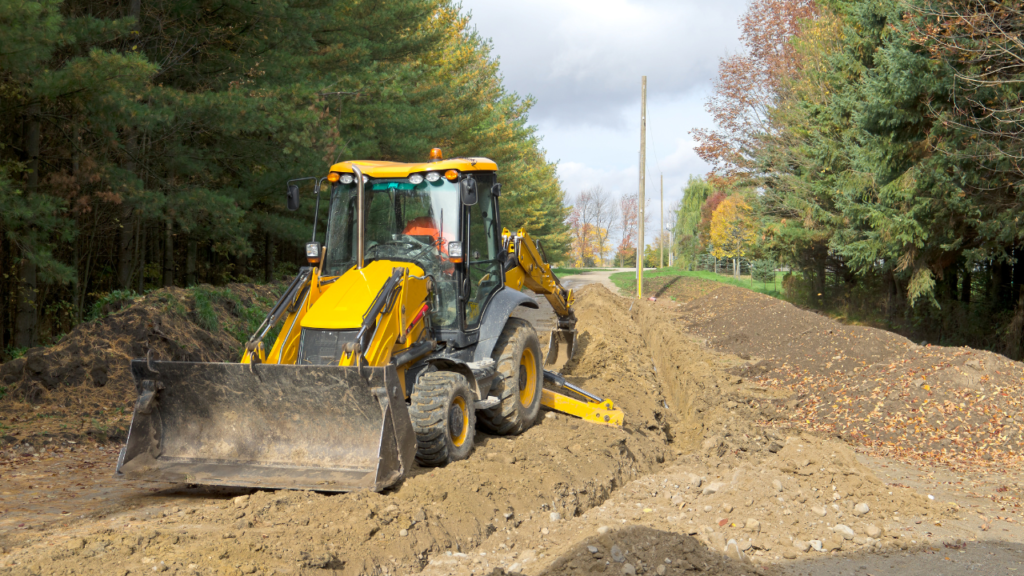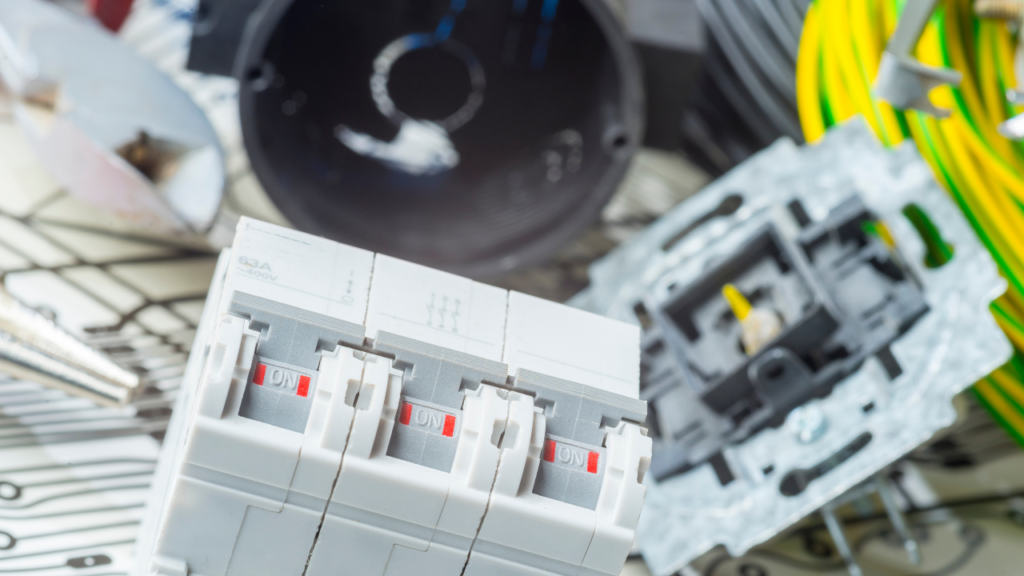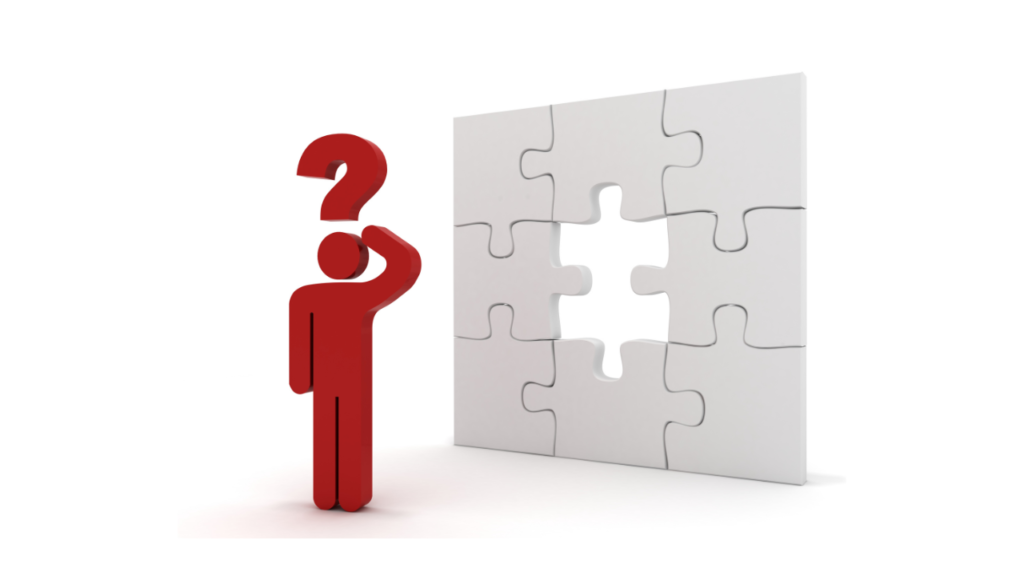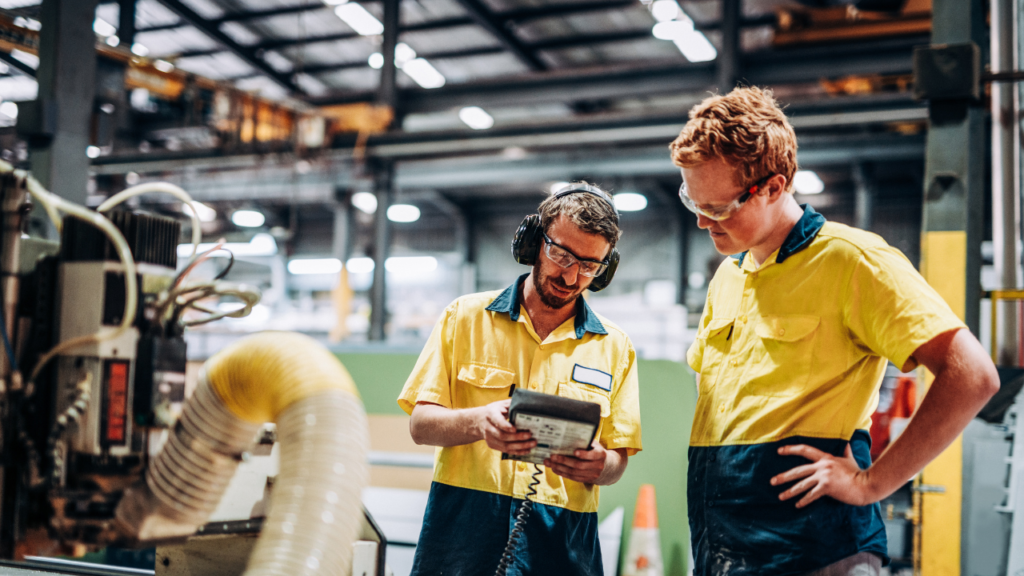
Non-Destructive Exposing of Buried Energized Lines
In the past few years, Hydrovacs and “daylighting” have gained industry acceptance by minimizing the challenges of exposing underground pipelines, fiber-optics, and utilities. “Daylighting” is a non-destructive process using pressurized water (hydro) and a vacuum system (vac) to remove soil cover, thereby allowing a visual observation of underground lines. Hydrovacs expose these facilities to daylight, thus the term “daylighting”.












